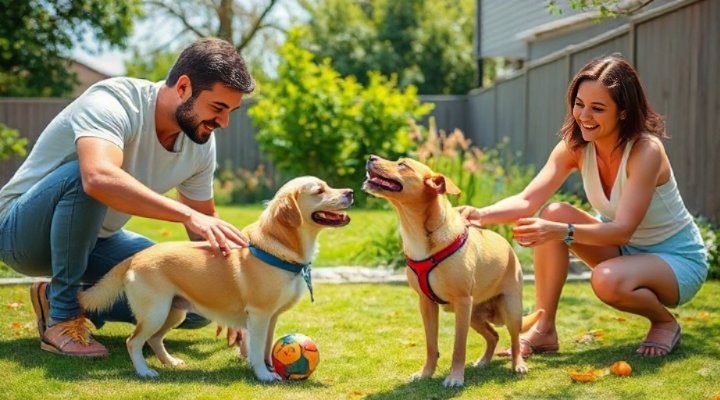Training your dog not to bite is one of the most important aspects of pet ownership. Whether you have a playful puppy or an adult dog with biting tendencies, understanding the root causes and implementing effective training methods can make a world of difference. Above all, patience and consistency are key.
Why Do Dogs Bite?
Dogs may bite for various reasons, including teething, playfulness, fear, or aggression. For instance, puppies often bite during teething to relieve discomfort. Similarly, some dogs might nip when they feel threatened. Therefore, identifying the cause is the first step in addressing the behavior.

Effective Techniques to Train Your Dog Not to Bite
Firstly, redirecting your dog’s biting to appropriate chew toys is a proven method. When your dog starts to bite, offer a toy instead. Consequently, they learn what is acceptable to chew. Moreover, positive reinforcement, such as treats and praise, can encourage good behavior.
Secondly, teaching bite inhibition is crucial. This means training your dog to control the force of their bite. For example, if your dog bites too hard during play, let out a yelp and stop playing. Subsequently, they learn that gentle play is rewarded, while rough play ends the fun.

Professional Help and Socialization
If your dog’s biting is severe, consider seeking help from a professional trainer. Additionally, enrolling your dog in socialization classes can help them interact better with other dogs and people. Likewise, regular exercise and mental stimulation can reduce biting tendencies caused by boredom or excess energy.
For more detailed guidance, the American Veterinary Medical Association offers excellent resources on dog behavior and training.

Conclusion
In conclusion, training your dog not to bite requires understanding, patience, and consistent effort. By using positive reinforcement, redirecting behavior, and seeking professional help when needed, you can ensure a safe and happy environment for everyone. Remember, every dog is unique, so tailor your approach to their specific needs.
Related Keywords: dog biting, stop dog biting, dog training, bite inhibition, dog behavior
